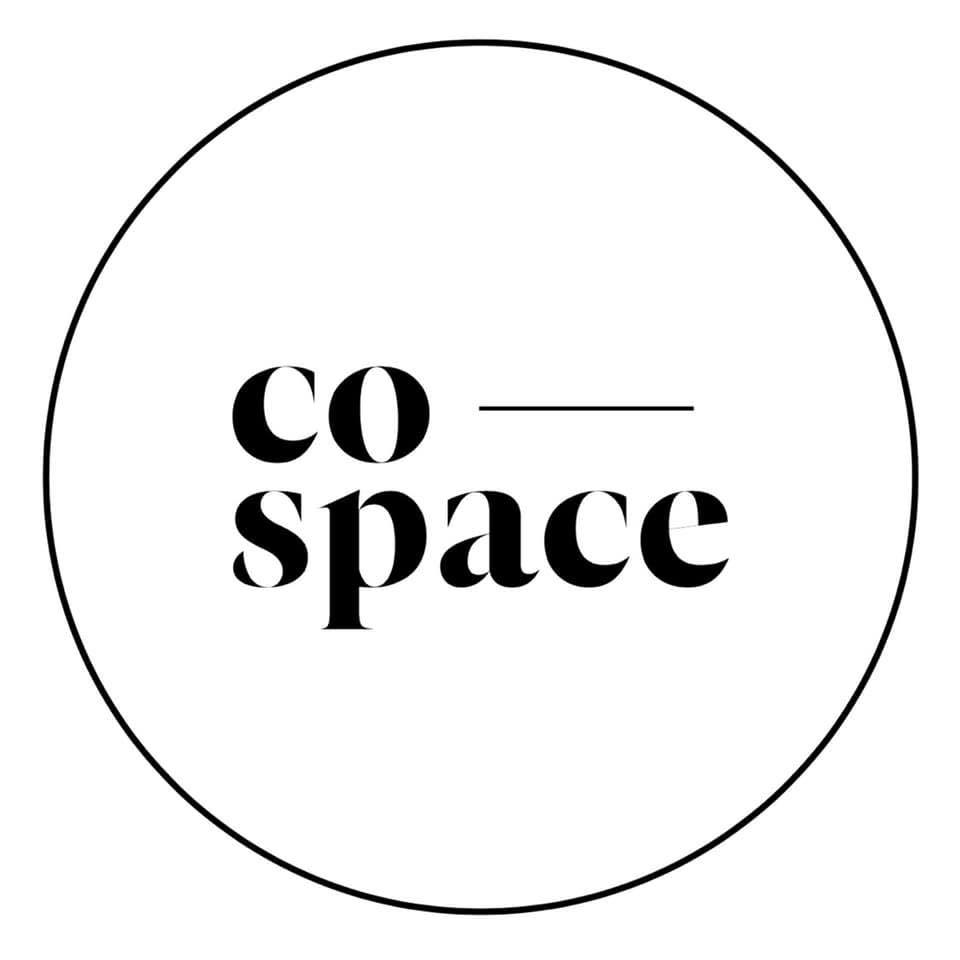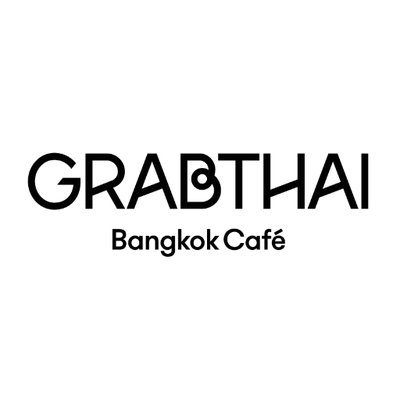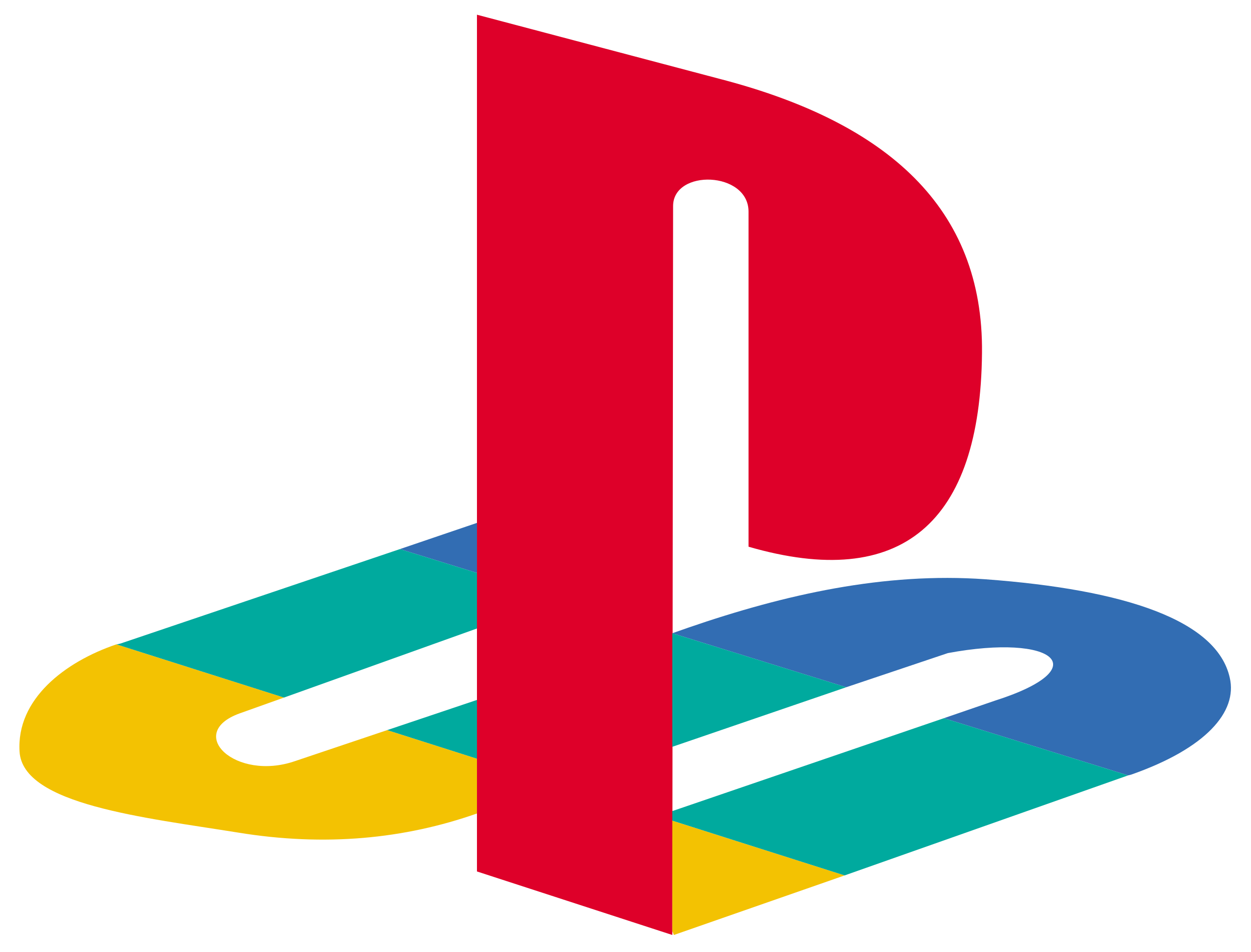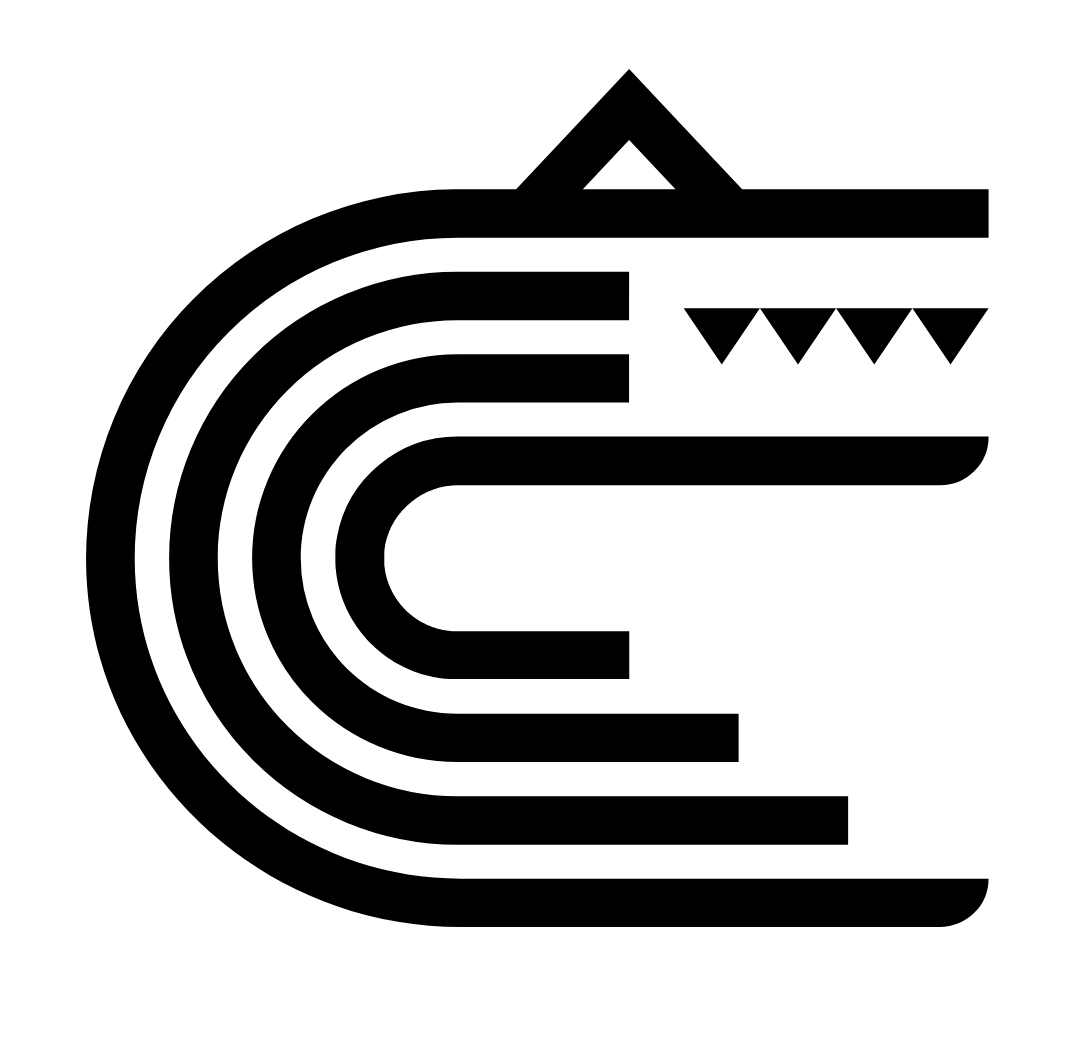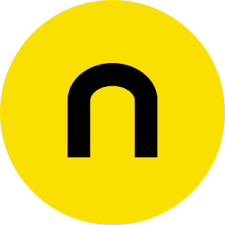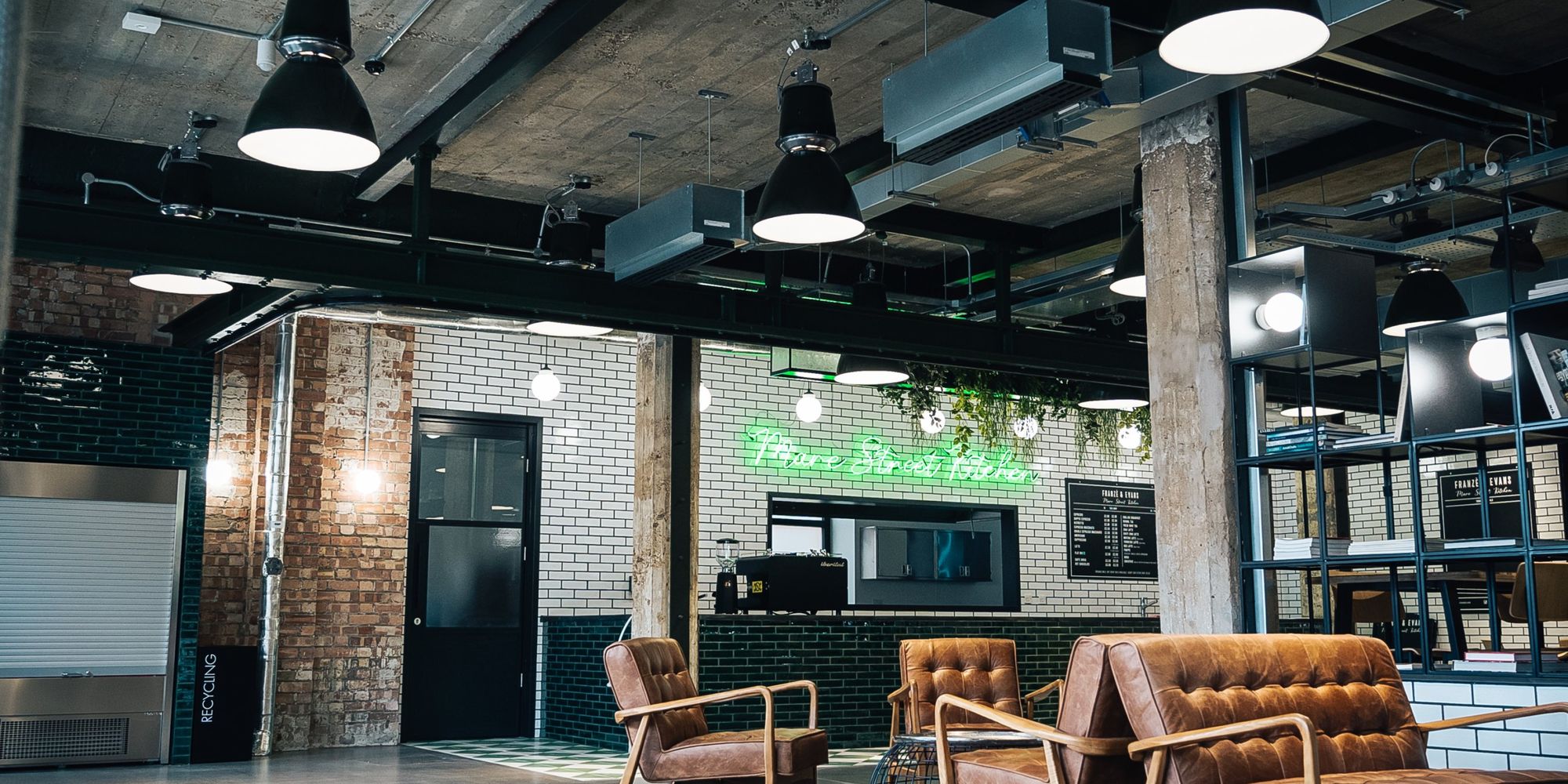Illuminated Signs LED signs & neon signs
From coworking offices and coffee shops to restaurants and record labels, we've installed illuminated signs in a variety of businesses, and seen firsthand how they enhance the visibility of brands while elevating the aesthetics of their environment. We work with you to build made to order illuminated signs, sparking joy in your space with LEDs or neon.
How can I add lighting to my sign?
LED signs are low voltage and maintenance, while being highly durable and customisable. For ease, we’ve loosely categorised our LED offerings below, though there are endless ways of combining materials, colours, light intensity and LED placement to make something completely bespoke. If it's handcrafted illumination you're looking for, we'll melt and bend a glass neon sign from the fiery depths of our specialist UK workshop, working to your own custom design or one we’ve helped spec out.


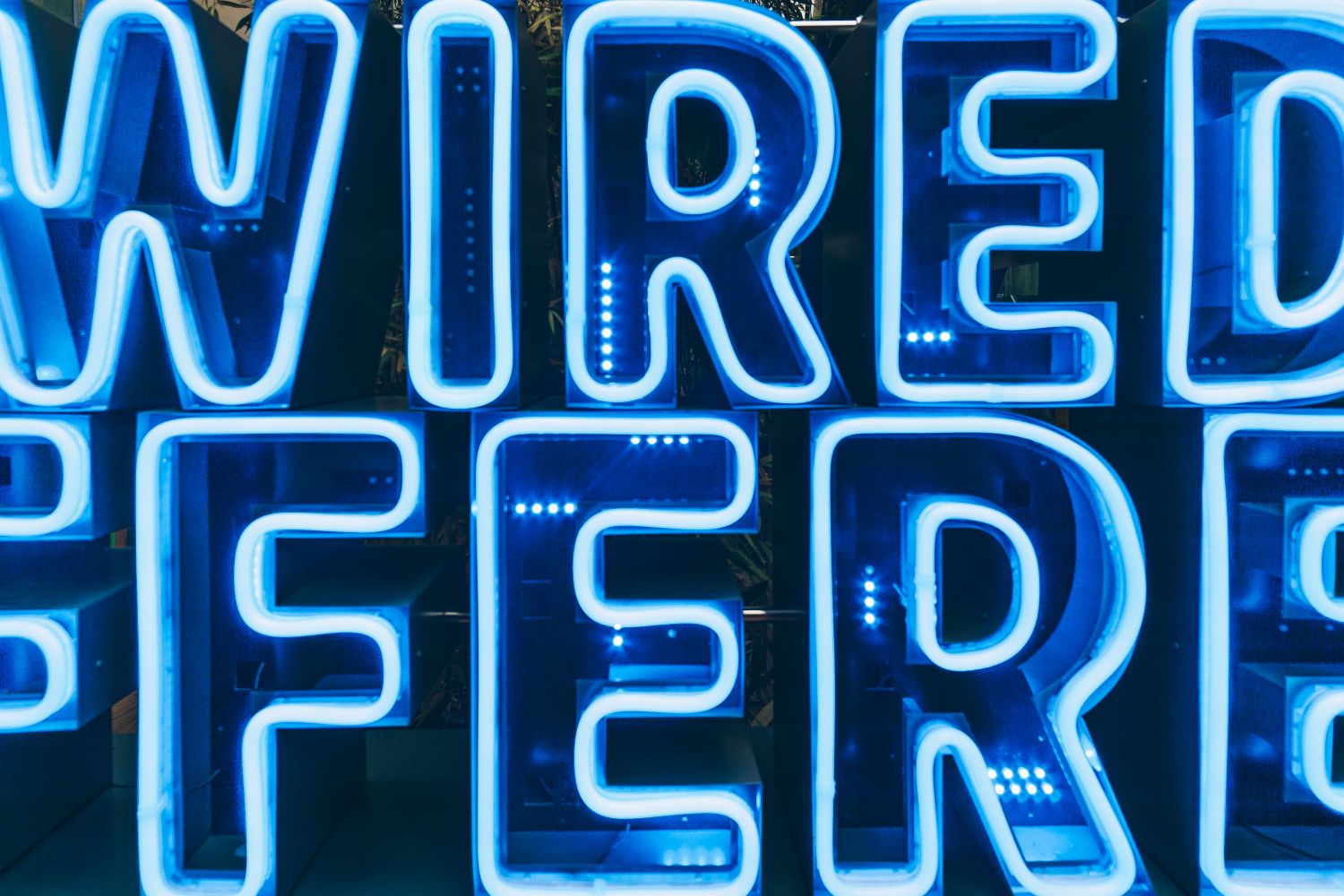





QUESTIONS? WHAT YOU NEED TO KNOW ABOUT OUR ILLUMINATED SIGNS:
Illuminated signage refers to any signs that incorporate an element of light within them. Logos, lettering, box and tray signs that are powered by neon or LEDs are a big drawcard for businesses - simultaneously fulfilling branding needs to create curiosity while providing decorative indulgence to spice up a space.
Signs that light up increase visibility and we know that this translates to an increase in sales. Besides this, they look impressive and tell a story about your business. Whether you're in a busy or dark area or not, illuminated signs are a quick fire, stand out way of imprinting the ideas you want to share about your brand into people's minds.
At Glyphics we offer a range of bespoke illuminated signs.
LED signs are versatile. From the flexible routed acrylic of faux neon to 3D signs, aluminium trays and lightboxes - they can be added to nearly everything and everywhere, and with a range of illumination effects. One of these effects is halo illuminated signage, which has proven to be a very popular option. With this type of signage, LEDs are placed inside built up logos or letters and pointed backwards rather than outwards, leaving the face of the sign opaque while light radiates out from behind it. When mounted onto a wall this creates a subtle and smart glow. See 'our guide to LED illuminated 3D signs' gallery lower down on this page for examples of other effects.
Authentic neon signs are coloured glass tubes that are heated up and hand worked into a custom design, creating truly unique specimens that impart a strong sense of nostalgia that's never gone out of fashion. They are filled with a gas and fitted with electrodes, which, when electrified ignite an intensely colourful reaction, resulting in the bright, hypnotising illumination neon is known for.
Our illuminated signage is mostly fabricated out of acrylic or a metal such as aluminium or descaled stainless steel. Neon inevitably is made from glass. The material depends on what you would like to achieve or what you want your sign to say about you, as well as the sign's environment, so we'll work closely with you to identify the design and build that suits you best.
There are a few key things to think about when it comes to illuminated signage:
Durability and longevity - some signs clearly have a longer lifespan than others, while others signs might require you to weigh up the pros and cons of the materials they are made up of e.g the glass of neon signs is fragile but if well looked after will wear better than the acrylic tubes of LED neon, however neon signs eventually need to be refilled with gas while LEDs emit low levels of light for a very long time.
Colour - the fabrication materials of LED signs can be matched exactly to your brand colours, but the actual lights come in set colours - you can fade across the spectrum available although this may not offer the most striking colours. Neon gases come in core colours too, which can be altered to a certain extent by offsetting with different colour glass tubes. Impurities that exist within these tubes play a part in the chemical reaction between gas and electricity, which means the intensity and exactness of colour varies from neon sign to neon sign.
Size - is the size of your sign suitable for LEDs? It could be too small to have LEDs fit or even too large to do effectively. If you're getting a word or phrase built into a sign, consider how the length of it may impact lettering size and spacing.
Customisation - outside of those mentioned already, added considerations for customisation include whether or not you want your LED sign to flash or be dimmable, and to decide on if you'd like exposed wiring for your neon sign or prefer something that looks a little less industrial.
Voltage - different illuminated signs consume energy differently. Considering how brightly they glow, neon signs consume less power than you may think, using about the same amount of electricity as a single domestic light bulb if equipped with a 240v transformer. With that said, relatively speaking, LEDs consume far, far less. and are up to ten times more efficient.
Installation - with any illuminated sign, your choice of design should look ahead - considering ease of use in the future as well as what it will take to install the sign at implementation stage.
With some iterations of neon signs, especially those going straight onto a wall without any casing, individual pieces often have to be joined to each other with wiring. With all cases of neon, wires are usually left exposed but to make the magic happen, you will need to have an electrical connection to a power supply.
For LED signs, you'll want to hide the wiring for a clean finish. This will require the presence of your contractors who can advise on and have trap doors cut in advance of the installation. Where wiring cannot be hidden within the walls, alternatives can be considered to keep things looking neat, such as having the lettering mounted to a tray.
There is some signage that can be produced quicker, including lightboxes or aluminium tray signs. Outside of that we usually need 2-4 weeks to produce illuminated signage. The exact lead time depends on the complexity of the production job and quantities ordered. It also depends on the rate at which you can sign off on proposed ideas, as well as process payments for production.
What are illuminated signs?
Why should I use a light up sign?
What is the most popular illuminated sign?
What materials do you use to make an illuminated sign?
What needs to be considered when ordering an illuminated sign?
How quickly can you make an illuminated sign?
Aluminium trays and acrylic lightboxes are just the trick to diffuse a soft ambience across your dining space or shout out with a flood of street lighting. Illuminated projecting signs or 3D signs can edge lit, back lit, halo lit and/or face lit and are a popular way of transforming logos and lettering into showstoppers. Faux LED neon offers a more robust iteration of the classic; perfect for transporting to and from events, or simply for energising your interiors with a hot splash or cool glow.
Our guide to LED illuminated 3D lettering
Logos and lettering powered by LEDs are a big drawcard for businesses, and are our bestsellers. There are a variety of illumination effects that can be achieved so we've put together a cheat sheet to help you get started:






























LED Signs
LED signs refer to 3D signs, aluminium trays and lightboxes that have LED lights embedded within them - differing illumination effects can be achieved depending on the way the lights are organised within the sign and the materials that the signs are built out of.
LED illuminated 3D signage refers to built up lettering, logo or a mix of both, lit up internally by LEDs to create various effects. They are the main type of LED sign we make, alongside aluminium trays and lightboxes.
These types of signs are an energy efficient and visually effective way of attracting attention. They can be mounted onto a wall or a projecting plate, and can also be freestanding - the signs we made for the Workspace Advantage campaign are a great example of the latter. They offered the perfect solution for a client looking to brighten up their space (day and night) and bring in custom with an eye-catching welcome.
There are a variety of illumination effects that can be achieved with LEDs - scroll up to 'our guide to LED illuminated lettering' to see a few samples. With that said, the three most common 3D LED signs we make are built up halo illuminated, built up rim/return and built up rimless - we detail them for you here with examples in form of wall mounted letters, though they can also come in the shape of your logo, and be freestanding or mounted onto a projecting plate.
Built up halo illuminated signs
These have been put together or 'built up' using sheets of brushed or polished stainless steel, or aluminium to make 3D lettering or logos. They can be left in their metallic finish or coated in your chosen colour. With this type of signage, LEDs are placed inside and pointed backwards rather than outwards, leaving the face of the sign opaque while light radiates out from behind it through an acrylic diffuser. When mounted onto a wall this creates a subtle and smart glow:

Built up rim/return illuminated signs
These signs have the LEDs facing forward instead. The lettering and logos are largely formed in the same way, but with an acrylic face to allow the light shine through:

Built up rimless illuminated signs
These signs are almost identical to built up rim/return illuminated signs - the only difference is how complete the coverage of the acrylic is on the face:

A lightbox sign is an acrylic or aluminium box with a pale translucent acrylic cover that's lit up by an array of LEDs from behind, providing exceptional full face illumination. Lettering or logos are adhered to the surface in dark vinyl, creating high contrast signage with a beautifully glowy backdrop. They are one of the types of LED signs we make and are useful for maximum visibility, especially on gloomy days or at night, due to their brightness and durability - like this one we made for Ozone coffee shop in Shoreditch.
Made of materials that are suitable for indoors or outdoors, these signs can be custom built to your environment. Their flexibility means you'll be able to choose the look and feel, shape specs, and of course, your chosen overlaying graphics - plus they can be suspended or projected to suit your space.
Although a wide range of colours can be generated by LED signs, we recommend opting for white, red, green or blue. These are the core colours that LEDs are available in, so they light up the brightest. It is possible to generate other colours by fading across the spectrum of Red, Green and Blue (RGB) but this method may not offer the most striking colours.
LED signs can be used indoors or outdoors.
What are LED signs?
What is an LED illuminated 3D sign and where is it best used?
How are LED illuminated 3D signs made?
What is a lightbox sign and where is it best used?
Are there any limitations to LED signs?
Are LED signs weather resistant?
LED NEON SIGNS
LED Neon signs, although a similar concept to neon lights, are made using LED neon flex lights. In other words, they look similar to neon signs but are created without the glass or the gases. They are created when LEDs are placed inside routed acrylics to create a neon effect.
Although traditional neon offers bright colours and greater luminance, they are not easy to use and are more fragile as they are made from glass tubes. LED neon is a more cost effective and less breakable alternative to neon, making it perfect for signs that need to be transported for events or exhibitions.
Neon signs are built from colourful glass tubes that are bent into a custom design using fire. These classic signs are then filled with a gas - different gases generate different colours. Once the signs are powered up, the gases ignite and create a luminously bright light.
While these signs are perfect for vintage vibes, they're handmade, fragile and laborious to make, which naturally makes them expensive, and they're becoming a rarer breed of sign in today's sea of alternatives.
One of those alternatives is mock or faux neon - a similar concept in terms of aesthetics but made using LED flex lights. In other words, they look similar to neon signs but are created without the glass or the gases. Instead, LEDs are placed inside routed acrylics which is then twisted into your preferred design. Texturally the sign is different - if you get up close, you'll see the lack of glass, electrodes and wires, but from afar you'll hardly notice the difference. In fact there are benefits - LED neon is cost effective, more hardy, and offers a more consistent glow.
Yes. We can create the same design with LED neon as traditional neon. The routed acrylic is rounded and comes in the same diameter as traditional glass tubes to emulate traditional neon.
The limitations with LED neon signs are similar to those of traditional neon signs - the acrylic used for LED neons is limited to a maximum width of 12mm and is therefore limited in the kinds of design that can be created. It can take a lot of LEDs to generate some colours, and certain colours can’t truly be achieved.
If that's what you prefer, yes. However this is not automatic, so please request a dimmer. We can also make your sign flash at different rates.
Yes. LED neon signs can be used outdoors.
What are LED neon signs?
Why not use traditional neon?
What is the difference between a neon sign and a LED neon sign?
Can you create the same design with LED neon as with traditional neon?
Are there any limitations with an LED neon sign?
Can my LED neon sign flash or be dimmable?
Can LED neon be used outside?
The aesthetic appeal of a traditional glass neon sign is undeniable, so if you want chemical reactions, we're happy to oblige, providing you with an original and electrifying price of light art - whether it's a killer quote for your wall or some high voltage graphics for your window. Our custom made neon can be fixed straight onto a surface, or mounted within an acrylic case for a flush look, or suspended from chains that hang from the ceiling - it all depends on how you want it to look.







NEON SIGNS FAQS
This is of course subjective, but in our opinion neon is more than signage or lighting - it's artwork. Moulded by the heat of fire; the imperfections are what make neon signs perfect, and each piece is unique to each person who owns it, handmade with love and especially for them. They drastically alter the space they occupy, sending a visual jolt through the environment, even changing the soundscape, with a hypnotic pulsing of intense light and unmistakable murmur that gets louder the closer you come, without being intrusive. A classic sign that's been lighting up urban life since the 30s and 40s, it is a great way to create a buzz around your business, capitalising on feelings of nostalgia.


Practically speaking, this type of signage can be very long lasting if looked after well. Though not as low voltage as LEDs, neon signs are still energy efficient, especially when you consider the eye catching pay-off. Thanks to their charged brightness, neon signs immediately tell people what you're about and have proven to be a very effective marketing method for attracting custom. Depending on your business needs, they can be formed into smart, flowing script or they can be worked into all sorts of weird, wacky and wonderful designs - so they're very versatile from a storytelling perspective. Read more about it here.
Yes. Neon is hand bent into different shapes and can therefore be created into logos, typography or a mix of both. We can shape these from one rod of glass for a filled in look known as single line, or we can create a bolder look with an outline known as double line.
Neon signs are built from colourful glass tubes that are bent into a custom design using fire. These classic signs are then filled with a gas - different gases generate different colours. Once the signs are powered up, the gases ignite and create a luminously bright light. For more info, we reveal all here or you can watch the neon making process in our meet the maker video.
In the commercial craft, there are mainly two gases used – one is Argon, which with a drop of mercury, imparts cooler, bluer hues, and then you get Neon gas, which is a warmer, bright red. There are also Xenon and a few other gases but they’re not as vivid, and not as widely used in the industry.
The hue and brightness of the sign depends on the type of gas, and the tint of the tubing. Combining those two things you can create a lot of different colours: Warm Tone White or Flamingo Pink for instance, Orchard Purple, Super Blue, Powder Blue Midnight Blue, a type of turquoise called Seacrest, Lime Green, Emerald Green, Novell Yellow, Ruby Red, Citrus Orange…the possibilities are endless.
It does depend on the design as well as the size of the tube - our thinnest tube diameter is 8mm and largest is 12mm.

 Making a neon sign requires bending these glass tubes, and naturally that means there is a limit on how small you can make a logo or lettering in terms of scale - our smallest letter height till date is 50mm. There’s no real limitation on how big you can go in terms of scale because you can join up tubes - to discuss specifics, contact us on 020 7739 7818 or send us a message here.
Making a neon sign requires bending these glass tubes, and naturally that means there is a limit on how small you can make a logo or lettering in terms of scale - our smallest letter height till date is 50mm. There’s no real limitation on how big you can go in terms of scale because you can join up tubes - to discuss specifics, contact us on 020 7739 7818 or send us a message here. Yes. Neon signs can be mounted directly onto a wall using clips. Alternatively they can be mounted onto a tray or within a clear acrylic box, and then hung up on the wall or from the ceiling.


There are two ways neon signs can be installed. They can be mounted directly to a wall using clips, with each bit of glass tubing pieced together and connected in situ - if this is what you're planning to do, you may also want to have a contractor on site to get the wiring hidden behind the wall for a neater look.
Alternatively, your design can be arranged within a box or tray that is kitted out with a transformer, and that can then be mounted onto the wall as a whole, or hung from chains coming from the wall or ceiling.
Although we can manage the installation of neon signs, an electrician is needed to connect the sign to your power supply and install a fireman switch. A regular sized neon sign requires a 220 volt 5 amp power line.
No. You don't have to have a cover over your neon sign. However, we generally recommend placing your neon sign within an acrylic box for protection purposes.
Although neon can get warm, it does not burn. That being said, we don’t recommend touching it as it is very fragile.
Yes, neon signs are suitable for outdoor use.

